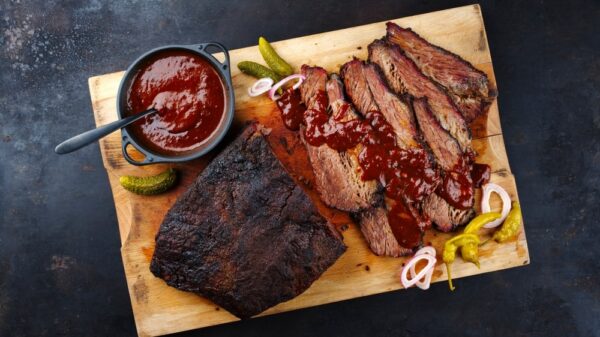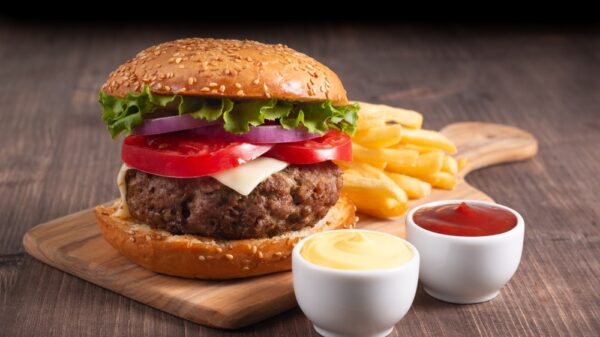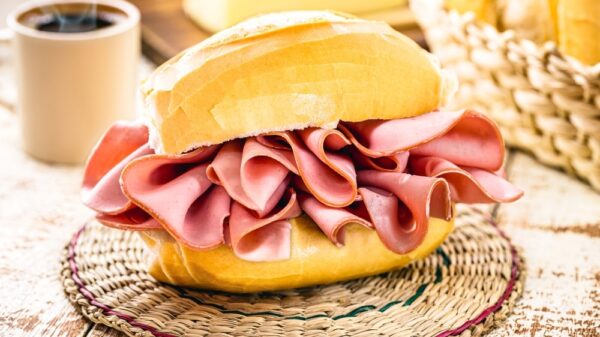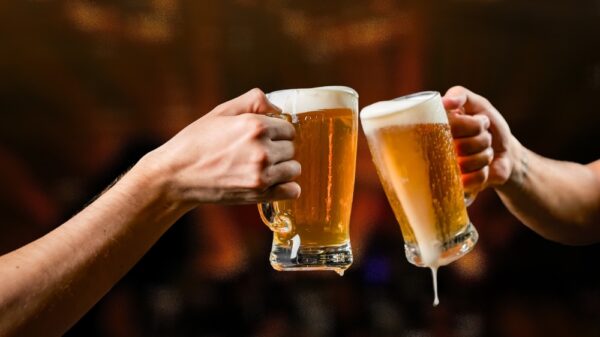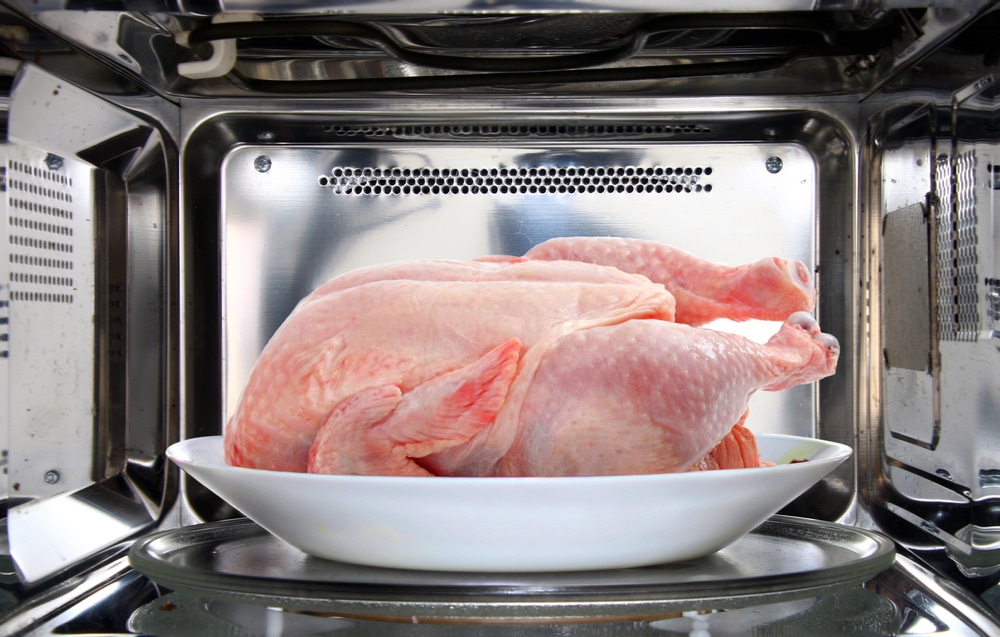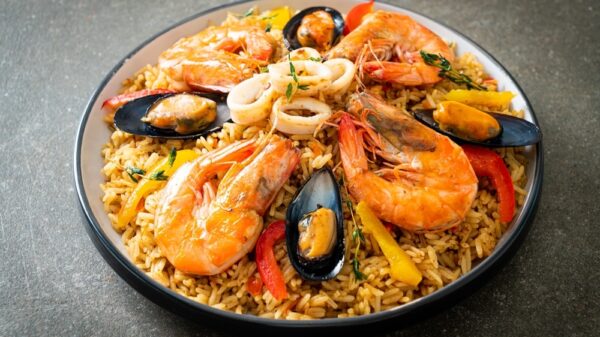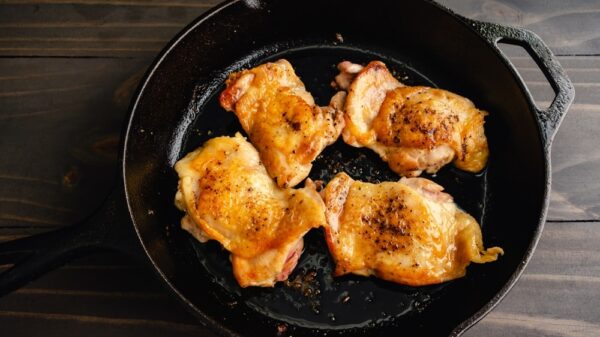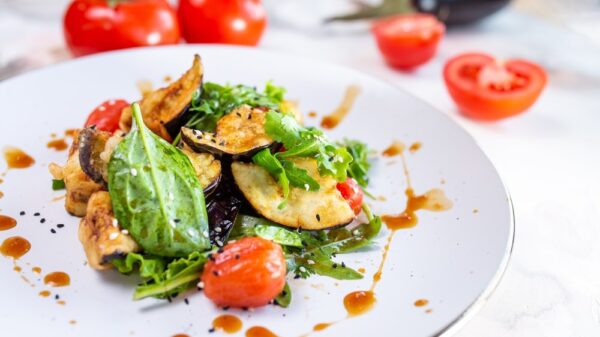Reheating leftovers can sometimes feel like an uphill battle, especially when it comes to that delicious chicken you savored just yesterday. You might find yourself back in the kitchen, squaring off against the microwave in an effort to revive last night’s culinary masterpiece. While we won’t pretend that the microwave is the ultimate solution for reheating food, it often becomes a necessary ally when life gets hectic and time slips away.
If you’re racing against the clock with a fridge full of tantalizing leftovers, fret not; you’re not alone, and we’re here to share some practical tips that make this process seamless. When you think about reheating chicken, it’s helpful to remember that mimicking the original cooking method typically yields the tastiest results. Most of us have enjoyed crispy, juicy roast, grilled, or pan-fried chicken, which often puts the microwave in a bit of a tough spot. However, on busy days when time isn’t on your side, the microwave can be your best friend. To elevate your reheating game, here’s a straightforward hack: place a couple of damp paper towels over your chicken right before you hit that start button.
Wondering why this little trick works? It all boils down to how microwaves heat food. They use electromagnetic waves that cause water molecules within the food to vibrate, generating heat. This process often leads to moisture escaping, leaving you with chicken that’s reminiscent of arid desert landscapes instead of succulent tender bites. By draping damp paper towels over your chicken, you effectively trap steam, keeping those precious juices locked in. Just picture it—biting into juicy meat instead of a dry, rubbery texture; it truly transforms the experience! And here’s an additional tip: arrange your chicken in a ring within the microwave for more consistent heating. It’s amazing how small adjustments can significantly impact meal quality.
Now, let’s dive a bit deeper into the technicalities of reheating chicken safely and effectively. It’s essential to reach an internal temperature of 165 degrees Fahrenheit for both health and flavor. Keeping this in mind helps ensure that your chicken is not only safe to eat but also delicious. Here’s a little pro tip from the kitchen: not all chicken cuts react the same way in the microwave. Dark meat, such as thighs and drumsticks, tends to retain moisture better because of its higher fat content, making it a superb choice for that mouthwatering bite. So, if you’re in the mood for the juiciest chicken possible, lean toward those darker cuts—or at least consider that when you’re heating up different parts together.
Another critical point to remember is that if your chicken is shredded or cut into smaller pieces, it will heat up and dry out a lot faster than whole cuts. Keeping a watchful eye on those smaller bits during reheating is crucial; you certainly don’t want to end up with tough, overcooked chicken when all you want is that tender goodness you enjoyed just hours before! Also, don’t underestimate the power of lower microwave settings. Many people believe cranking the microwave to full power is the quickest way to heat things up. While it might be fast, it often results in uneven heating, leaving some parts piping hot and others barely warm and unappetizing.
So, the next time you find yourself in a hurry, eager for that leftover chicken to be just right, remember these tips on keeping it moist, flavorful, and safe to eat. After all, we’re all trying to juggle busy lives while indulging in delicious meals that bring us joy—enjoy every bite!

